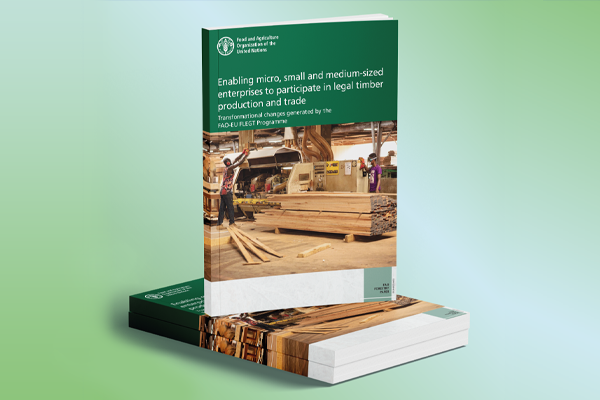Publications
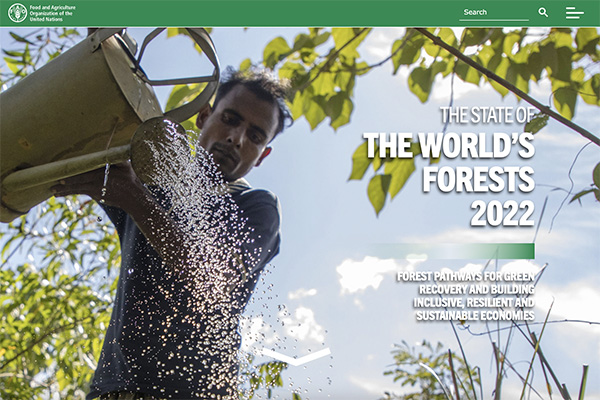
Flagship publication
The State of the World's Forests
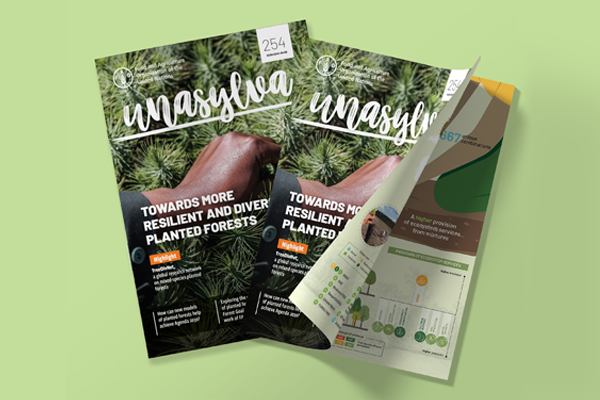
International forestry journal
Towards more resilient and diverse planted forests

FAO Yearbook of Forest Products
Sustainability by numbers: Forest products at FAO

Global Forest Resources Assessment
Global Forest Resources Assessment 2020
Search by
New releases
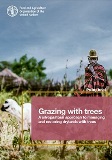
Policy brief: Grazing with trees- A silvopastoral approach to managing and restoring drylands with trees
11/2022
This policy brief gives an overview of the positive role that optimized extensive grazing livestock farming can play in the management and restoration of drylands’ forests and lands. Trees in dryland forests and wooded areas provide key ecosystem services such as animal feed, timber, fruits and, regulation of soil and water cycles.
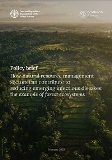
How natural resource management sectors can contribute to reducing emerging infectious diseases: the example of forest ecosystems
11/2022
This policy brief provides eight recommendations for how the natural resource management sector can play a more active role in reducing risk and mitigating the impact of emerging infectious diseases, targeting national government authorities in charge of natural resource management, in addition to other sectors involved in environmental management and land use planning, including agriculture, tourism, animal health and public health.

FAO Forestry Paper 188 Supplement: Mainstreaming biodiversity in forestry - country case studies
10/2022
This report is a compilation of country case studies commissioned as part of an assessment on biodiversity mainstreaming in forestry. Supplement to FAO Forestry Paper 188: Mainstreaming forestry in biodiversity.
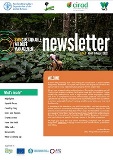
Sustainable Wildlife Management Programme Newsletter, Issue 9
10/2022
The SWM Programme is the first international initiative to tackle the wild meat challenge by addressing both wildlife conservation and food security.

SEPAL: Forest and land monitoring for climate action
10/2022
This flyer presents the System for Earth Observation, Data Access, Processing and Analysis for Land Monitoring (SEPAL) second phase – Forest and Land Monitoring for Climate Action – a four-year project to improve climate change mitigation plans and create better informed land-use policies.


